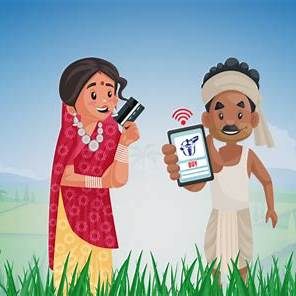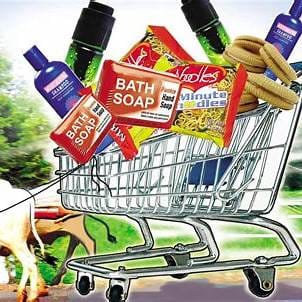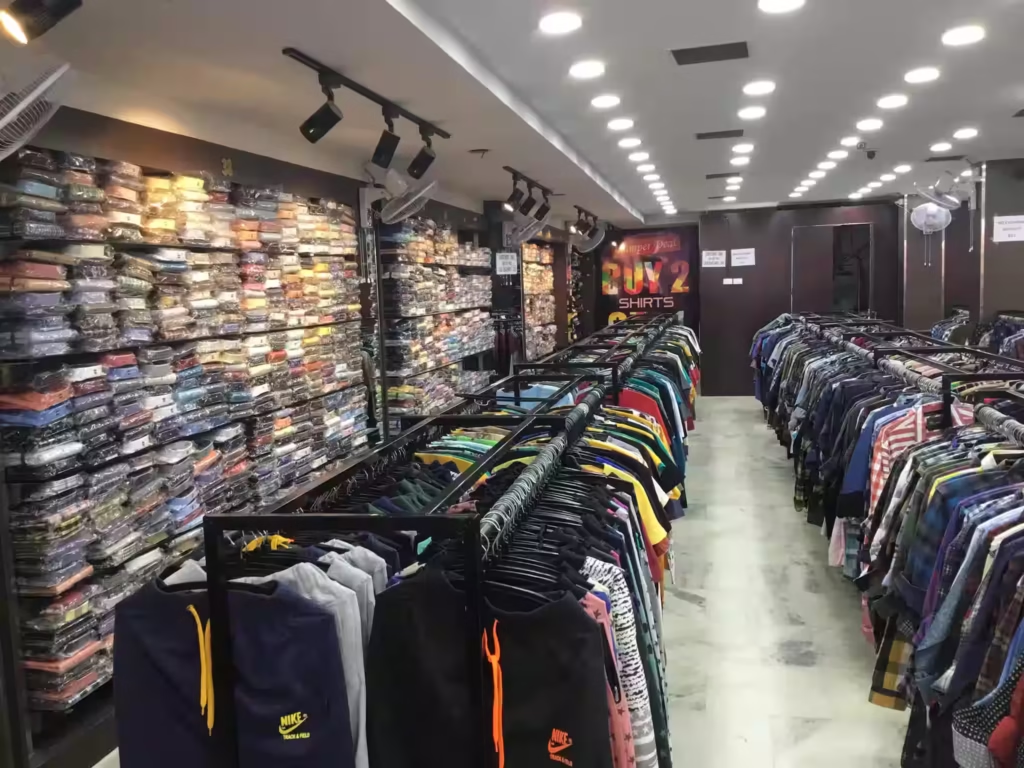The landscape of India's Fast-Moving Consumer Goods (FMCG) sector is undergoing a remarkable transformation.

For the first time in two years, demand from rural areas has overtaken that of urban regions, signaling a crucial shift in the consumer market. This trend highlights the rising significance of rural markets in fueling the growth of the FMCG industry.
The Rural Resurgence

According to recent data from NielsenIQ, during the December quarter of 2024, rural FMCG volume growth hit an impressive 9.9%, outpacing urban growth, which stood at 5%. This momentum has carried into early 2025, with rural consumption growth leading urban areas for four straight quarters.
Several factors are driving this rural revival

Government Initiatives: Income support schemes and rural development programs have boosted disposable incomes in these areas.
Infrastructure Improvements: Better connectivity and access to markets have made it easier to distribute goods.
Digital Penetration: The rise of smartphones and internet access has allowed rural consumers to tap into digital commerce platforms.
Urban Markets: Facing Headwinds
On the flip side, urban markets are feeling the pinch. Ongoing food inflation and rising living costs have made urban consumers more cautious with their spending, affecting the overall growth of the FMCG sector in these regions.
Strategic Responses from FMCG Companies
In light of these changing dynamics, FMCG companies are adjusting their strategies:
Rural Focus: Brands like Dabur India and Hindustan Unilever are seeing increased benefits from rural markets.
Product Innovation: They’re customizing products to cater to the unique needs and preferences of rural consumers.
Distribution Expansion: Companies are strengthening their supply chains and utilizing local retail networks to improve product availability.


